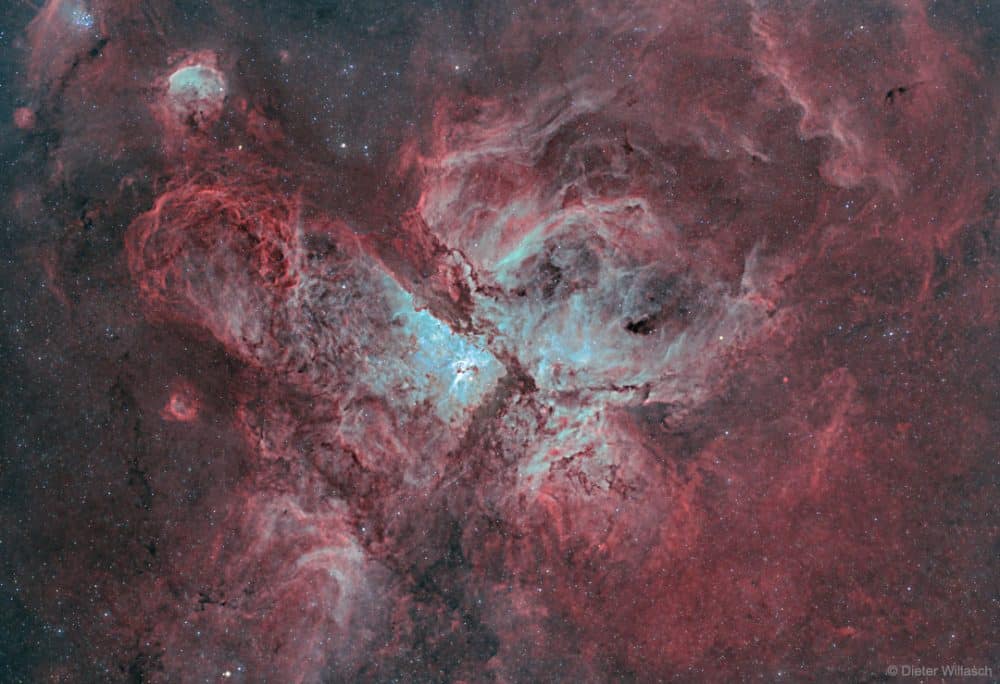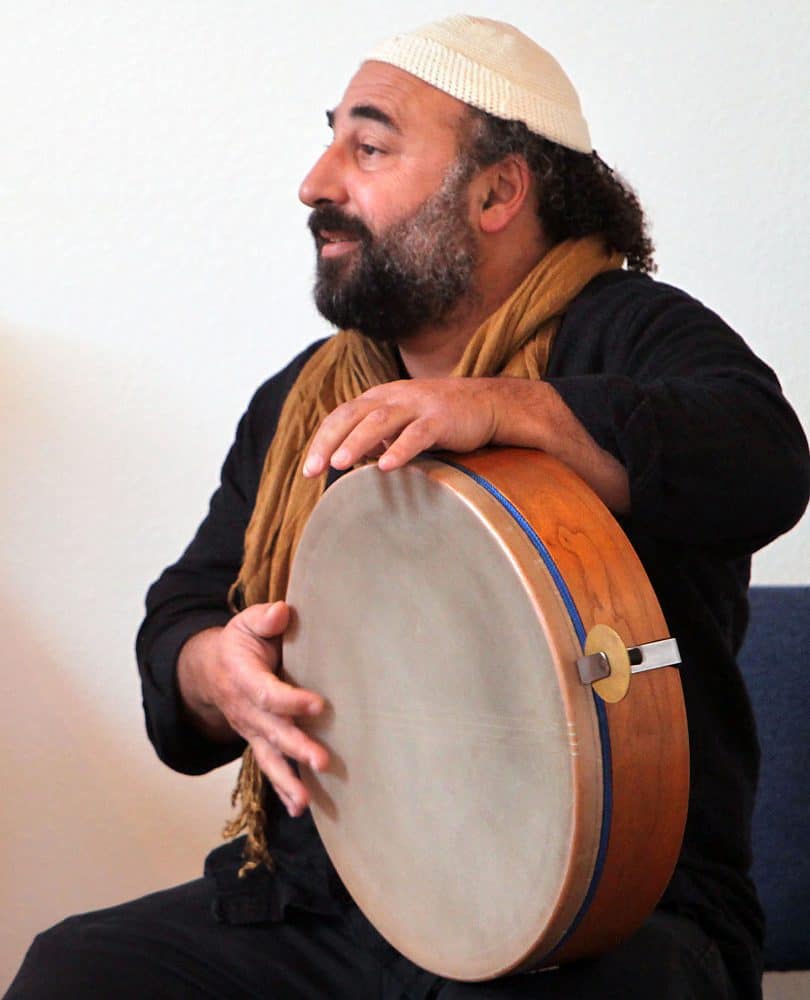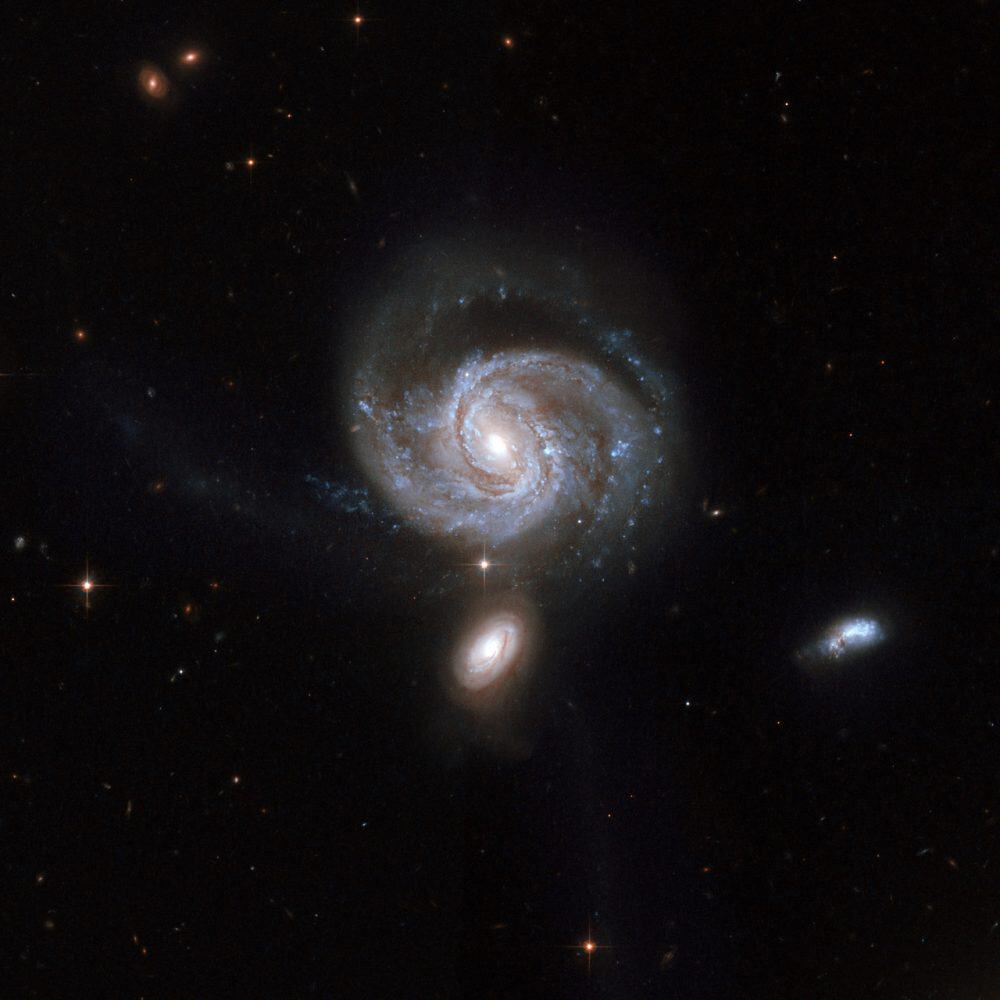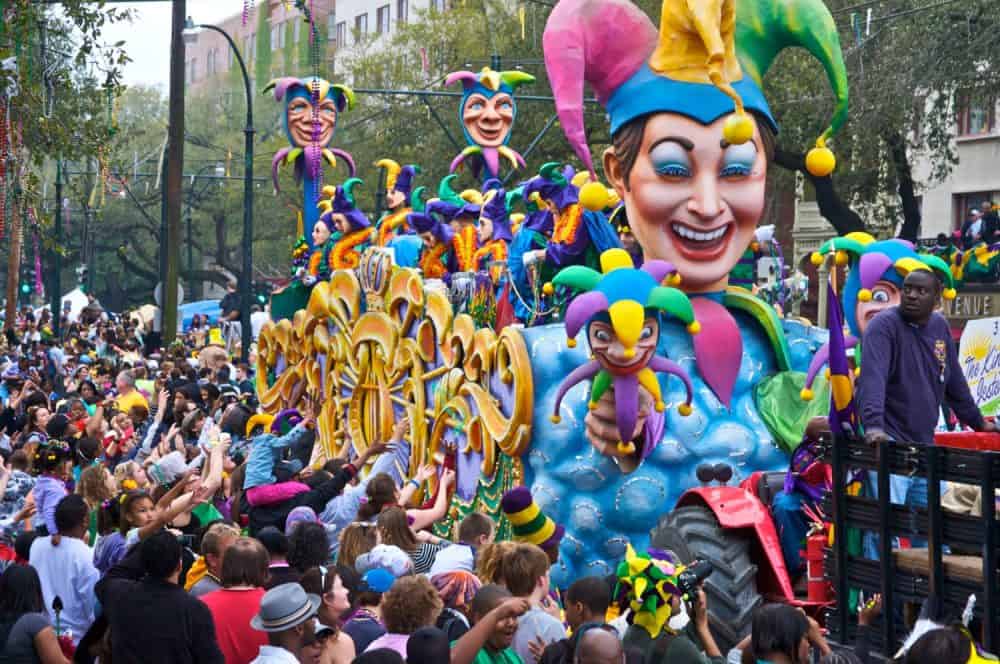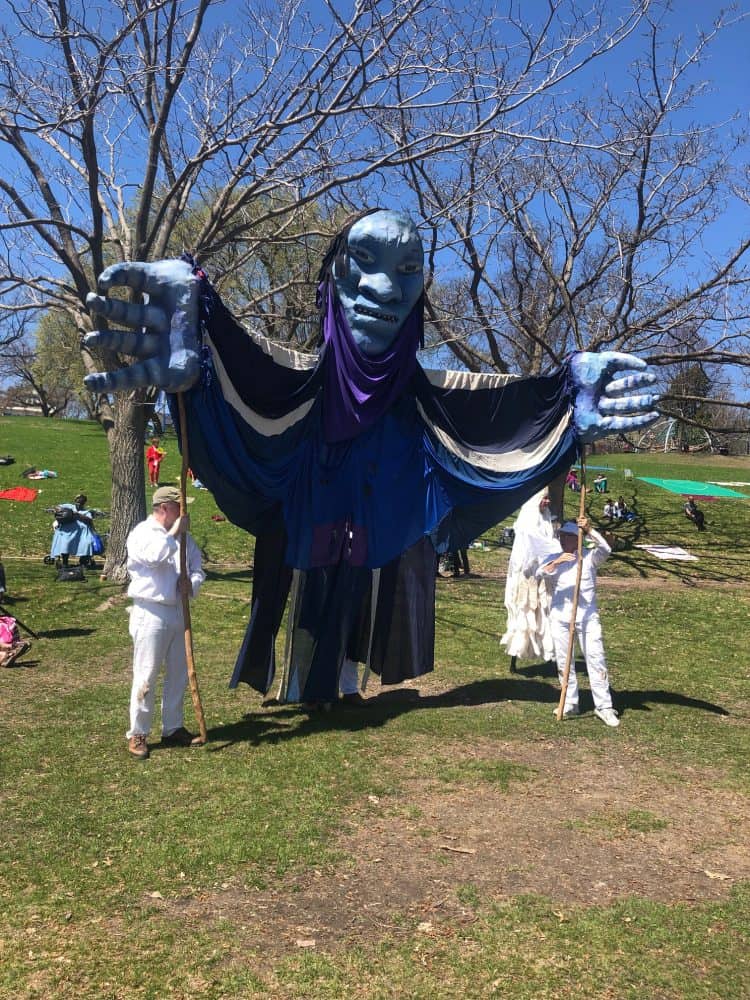Blog
Mahmoud Ahmed (Amharic: ማሀሙድ አህመድ; born May 18, 1941) is an Ethiopian singer of Gurage ancestry. He gained great popularity in Ethiopia in the 1970s and among the Ethiopian diaspora in the 1980s, before rising to international fame with African music fans in Europe and the Americas. Born in Addis Ababa, Mercato district, Mahmoud was enthralled with the music he heard on Ethiopian radio from an early age. Having poorly learned in school, he worked shoeshinerbefore becoming a handyman at the Arizona Club, which was the after hours hangout of Emperor Haile Selassie I‘s Imperial Body Guard Band. One night in 1962 when the band’s singer didn’t show up, Mahmoud asked to sing a few songs. He soon became part of the band’s regular lineup, where he remained until 1974.
After cutting his first single with Venus Band “Nafqot New Yegodagn” and “Yasdestal” in 1971, Mahmoud continued to record with several bands for the Amha and Kaifa record labels throughout the 1970s. The overthrow of Emperor Selassie and the suspension of musical nightlife under the military government created shifts in the Ethiopian music industry—the Imperial Body Guard Band were no more, and Mahmoud continued to make hit records and cassettes with many musicians who remained in the country, including the Dahlak Band, and the Ibex Band. He also began to release solo cassettes, accompanying himself on the krar, guitar or mandolin.
By 1978, censorship laws prevented Mahmoud from releasing his music on vinyl and so he switched to releasing cassettes. In the 1980s, Mahmoud operated his own music store in Addis Ababa’s Piazza district while continuing his singing career. With many Ethiopian refugees living abroad, Mahmoud became one of the first modern Ethiopian music makers to perform in the United States on a 1980-1981 tour with the Walias Band, Getatchew Kassa, and Webeshet Fisseha. Mahmoud soon began releasing records with the Roha Band and became popular in diaspora communities.
more...Robert Leroy Johnson (May 8, 1911 – August 16, 1938 Hazlehurst, MS) was an American blues singer, songwriter and musician. His landmark recordings in 1936 and 1937 display a combination of singing, guitar skills, and songwriting talent that has influenced later generations of musicians. Johnson’s poorly documented life and death have given rise to much legend. The one most closely associated with his life is that he sold his soul to the devil at a local crossroads to achieve musical success. He is now recognized as a master of the blues, particularly as a progenitor of the Delta blues style.
As an itinerant performer who played mostly on street corners, in juke joints, and at Saturday night dances, Johnson had little commercial success or public recognition in his lifetime. He only participated in two recording sessions, one in San Antonio in 1936, and one in Dallas in 1937, that produced recordings of 29 distinct songs (with some alternate takes). These songs, recorded at low fidelity in improvised studios, were the totality of his recorded output. About half of these were released as 10-inch, 78 rpm singles from 1937–1939, many after his death at the age of 27. Other than these recordings, very little was known of him during his life outside of the small musical circuit in the Mississippi Delta where he spent most of his life; much of his story has been reconstructed after his death by researchers.
His music had only a small, but influential, following during his life and in the years after his death. As early as 1938, his music was being sought by influential producers such as John Hammond, who tried to recruit him to record and tour without even knowing of his death. Brunswick Records, which owned the original recordings, was eventually bought by Hammond’s Columbia Records, which would later release the recordings to a wider audience. Musicologist Alan Lomax went to Mississippi in 1941 to record Johnson, also not knowing of his death. A compilation album, titled King of the Delta Blues Singers, was released by Columbia in 1961, which finally brought his work to a wider audience. The album would become an influential record, especially on the nascent British blues movement which was just getting started at the time; Eric Clapton has called Johnson “the most important blues singer that ever lived.”Musicians as diverse as Bob Dylan, Keith Richards, and Robert Plant have cited both Johnson’s lyricism and musicianship has key influences on their own work. Many of Johnson’s songs have been covered over the years, becoming hits for other artists, and his guitar licks and lyrics have been borrowed and repurposed by a many later musicians.
Renewed interest in Johnson’s work and life led to a burst of scholarship starting in the 1960s. Much of what we know about him today was reconstructed by researchers such as Gayle Dean Wardlow. The 1991 documentary The Search for Robert Johnson by John Hammond, Jr. was another attempt to document his life, and demonstrated the difficulties arising from the scant historical record and conflicting oral accounts.
more...Mary Lou Williams (born Mary Elfrieda Scruggs; May 8, 1910 – May 28, 1981) was an American jazz pianist, arranger, and composer. She wrote hundreds of compositions and arrangements and recorded more than one hundred records (in 78, 45, and LP versions). Williams wrote and arranged for Duke Ellington and Benny Goodman, and she was friend, mentor, and teacher to Thelonious Monk, Charlie Parker, Miles Davis, Tadd Dameron, Bud Powell, and Dizzy Gillespie.
The second of eleven children, Williams was born in Atlanta, Georgia, and grew up in the East Liberty neighborhood of Pittsburgh, Pennsylvania. A young musical prodigy, at the age of three, she taught herself to play the piano.
https://www.youtube.com/watch?v=_YlKehLOhqQ
more...Stars are forming, dying, and leaving an impressive tapestry of dark dusty filaments. The entire Carina Nebula, cataloged as NGC 3372, spans over 300 light years and lies about 8,500 light-years away in the constellation of Carina. The nebula is composed predominantly of hydrogen gas, which emits the pervasive red glow seen in this highly detailed featured image. The blue glow in the center is created by a trace amount of glowing oxygen. Young and massive stars located in the nebula’s center expel dust when they explode in supernovae. Eta Carinae, the most energetic star in the nebula’s center, was one of the brightest stars in the sky in the 1830s, but then faded dramatically.
more...Joe Ford (born May 7, 1947, Buffalo, New York) is an American jazz saxophonist.
Ford studied saxophone under Makanda Ken McIntyre, Jackie McLean, and Frank Foster, and percussion under Joe Chambers. He took his Bachelor’s in music education in 1968 from Central State University, then taught in Buffalo public schools from 1968 to 1972. While working at the Buffalo Public Library in 1974-75, Ford played in the Birthright ensemble, then played with McCoy Tyner in 1976. Since the early 1980s he has worked extensively as a sideman, playing with Sam Jones, Lester Bowie, Jimmy Owens, Idris Muhammad, Abdullah Ibrahim, Chico O’Farrill, Saheb Sarbib (1984), Avery Sharpe (1988), Jerry Gonzalez (from 1988), Larry Willis (1989), Michael Logan (1990), Malachi Thompson (1991), John Blake (1992), Ronnie Burrage (1993), Hannibal Marvin Peterson (1993), Freddie Cole (1993), Steve Berrios (1995), and Nova Bossa Nova (1997).
In the late 1990s he led two ensembles, the Black Art Sax Quartet and a big band called The Thing. He has released one album as a leader, 1993’s Today’s Night on Blue Moon Records. It features Charles Fambrough, Kenny Kirklandand Jeff “Tain” Watts.
more...Admiral Amos Easton (May 7, 1905 – June 8, 1968), better known by the stage name Bumble Bee Slim, was an American Piedmont blues singer and guitarist.
Easton was born in Brunswick, Georgia. Around 1920 he joined the Ringling Brothers circus. He then returned to Georgia and was briefly married before heading north on a freight train to Indianapolis, where he settled in 1928. There he met and was influenced by the pianist Leroy Carr and the guitarist Scrapper Blackwell.
By 1931 he had moved to Chicago, where he made his first recordings, as Bumble Bee Slim, for Paramount Records. The following year his song “B&O Blues” was a hit for Vocalion Records, inspiring a number of other railroad blues and eventually becoming a popular folk song. In the next five years he recorded over 150 songs for Decca Records, Bluebird Records and Vocalion, often accompanied by other musicians, including Big Bill Broonzy, Peetie Wheatstraw, Tampa Red, Memphis Minnie, and Washboard Sam.
In 1937, he returned to Georgia. He relocated to Los Angeles, California, in the early 1940s, apparently hoping to break into motion pictures as a songwriter and comedian. During the 1950s he recorded several albums, but they had little impact.[2] His last album was released by in 1962 by Pacific Jazz Records.
He continued to perform in clubs around Los Angeles until his death in 1968.
https://www.youtube.com/watch?v=0_VrvODcPiQ
more...Pyotr Ilyich Tchaikovsky (English: /tʃaɪˈkɒfski/ chy-KOF-skee; Russian: Пётр Ильич Чайковский, tr. Pyótr Ilʹyích Chaykóvskiy, IPA: [pʲɵtr ɪlʲˈjitɕ tɕɪjˈkofskʲɪj] ; 7 May 1840 [O.S. 25 April] – 6 November [O.S. 25 October] 1893), was a Russian composer of the romantic period, whose works are among the most popular music in the classical repertoire. He was the first Russian composer whose music made a lasting impression internationally, bolstered by his appearances as a guest conductor in Europe and the United States. He was honored in 1884 by Emperor Alexander III, and awarded a lifetime pension.
Although musically precocious, Tchaikovsky was educated for a career as a civil servant. There was scant opportunity for a musical career in Russia at that time and no system of public music education. When an opportunity for such an education arose, he entered the nascent Saint Petersburg Conservatory, from which he graduated in 1865. The formal Western-oriented teaching he received there set him apart from composers of the contemporary nationalist movement embodied by the Russian composers of The Five, with whom his professional relationship was mixed. Tchaikovsky’s training set him on a path to reconcile what he had learned with the native musical practices to which he had been exposed from childhood. From this reconciliation he forged a personal but unmistakably Russian style—a task that did not prove easy. The principles that governed melody, harmony and other fundamentals of Russian music ran completely counter to those that governed Western European music; this seemed to defeat the potential for using Russian music in large-scale Western composition or for forming a composite style, and it caused personal antipathies that dented Tchaikovsky’s self-confidence. Russian culture exhibited a split personality, with its native and adopted elements having drifted apart increasingly since the time of Peter the Great. This resulted in uncertainty among the intelligentsia about the country’s national identity—an ambiguity mirrored in Tchaikovsky’s career.
Despite his many popular successes, Tchaikovsky’s life was punctuated by personal crises and depression. Contributory factors included his early separation from his mother for boarding schoolfollowed by his mother’s early death, the death of his close friend and colleague Nikolai Rubinstein, and the collapse of the one enduring relationship of his adult life, which was his 13-year association with the wealthy widow Nadezhda von Meck who was his patron even though they never actually met each other. His homosexuality, which he kept private, has traditionally also been considered a major factor, though some musicologists now downplay its importance. Tchaikovsky’s sudden death at the age of 53 is generally ascribed to cholera; there is an ongoing debate as to whether cholera was indeed the cause of death, and whether his death was accidental or self-inflicted.
While his music has remained popular among audiences, critical opinions were initially mixed. Some Russians did not feel it was sufficiently representative of native musical values and expressed suspicion that Europeans accepted the music for its Western elements. In an apparent reinforcement of the latter claim, some Europeans lauded Tchaikovsky for offering music more substantive than base exoticism and said he transcended stereotypes of Russian classical music. Others dismissed Tchaikovsky’s music as “lacking in elevated thought,” according to longtime New York Times music critic Harold C. Schonberg, and derided its formal workings as deficient because they did not stringently follow Western principles.
more...Dumbeck Workshop this evening 5-6-19
with Dror Sinai.
Dror comes from a Yemenite, Syrian, Turkish and Jewish background. Bringing his incredible traditions of singing and drumming to a workshop setting.
We need more students to make this happen.
Call or text me 612-490-1942
7pm location to be announced.
Trying to keep admission down.
NGC 7674 (seen just above the center), also known as Markarian 533, is the brightest and largest member of the so-called Hickson 96 compact group of galaxies, consisting of four galaxies. This stunning Hubble image shows a spiral galaxy nearly face-on. The central bar-shaped structure is made up of stars. The shape of NGC 7674, including the long narrow streamers seen to the left of and below the galaxy can be accounted for by tidal interactions with its companions. NGC 7674 has a powerful active nucleus of the kind known as a type 2 Seyfert that is perhaps fed by gas drawn into the center through the interactions with the companions. NGC 7674 falls into the family of luminous infrared galaxies and is featured in Arp’s Atlas of Peculiar Galaxies as number 182. It is located in the constellation of Pegasus, the Winged Horse, about 400 million light-years away from Earth.
more...María Dolores González Flores (Madrid, 6 May 1958) better known as Lolita, is a Spanish actress and singer. She is the daughter of Lola Flores and Antonio González, sister of Antonio Flores and Rosario Flores. She was married to Guillermo Furiase and they had two children Elena and Guillermo.
Flores started her career in the early 1970s and with the release of the album Amor, amor (and a single of the same name) in 1975 she achieved success in her native Spain as well as in countries in Latin-America. Her songs “Sarandonga”, “Lo voy a dividir”, and “Si la vida son dos días” among others, have become staples in Spanish radio.
In 2002, she won a Goya Award for Best New Actress for her performance in the movie Rencor. Flores has also appeared in several television programs such as Directísimo and Hostal Royal Manzanares. On 18 February 2019 she received the Medalla de Oro al Mérito en las Bellas Artes.
She is of Gitano descent on her father’s side and identifies as Gitana.
more...David Friesen (born May 6, 1942) is an American jazz bassist born in Tacoma, Washington. He plays double bass and electric upright bass.
Friesen was an autodidact on bass, having picked it up while serving in the U.S. Army in Germany. He played with John Handy and Marian McPartland and following this, with Joe Henderson; in 1975, he toured in Europe with Billy Harper. His first album as a session leader appeared that year. In 1976, he began collaborating with guitarist John Stowell; the pair would work together often. He appeared with Ted Curson at the Monterey Jazz Festival in 1977. Following this, he worked with Ricky Ford, Duke Jordan, Mal Waldron, and Paul Horn. His 1989 album Other Times, Other Places reached No. 11 on the U.S. Billboard Top Jazz Albums chart. He has also played with Chick Corea, Michael Brecker, Stan Getz, Dexter Gordon, Kenny Garrett, Dizzy Gillespie, and Mal Waldron.
more...The reggae, ska, rock steady group POSITIVE VIBRATIONS will be performing at the Ceremony Site for this years Mayday Festival in Powderhorn Park at 6pm
more...The New Orleans sensation the BEAU KOO JACKS will be performing at the Ceremony Site in Powderhorn Park for this years Mayday Festival.
more...mick will be conjuring up pure madness marching in the Parade with the Community Band starting at noon 25th and Bloomington So. Followed by the Ceremony Cue Director of the pageant performance of Beloved Community what I call the Wounded Ones with a full horn orchestra and rhythm section. Finally my New Orleans group BEAU KOO JACKS and POSITIVE VIBRATIONS performing on the grass of the Ceremony Site.
And the festivals director Sandy Spieler will be stepping down as director of Mayday and In the Heart of the Beast Puppet and Mask Theater.
more...
More Posts
- World Music with Djely Tapa
- Daily Roots with Gregory Isaacs
- Music for Surviving the Pandemic and Realizing Racial Justice
- The Cosmos with NGC 6257
- John Phillips Day
- Luther Johnson Day
- Kenny Durham Day
- World Music with Bab L’Bluz
- Daily Roots with Roots Radics
- Music for Surviving the Pandemic and Realizing Racial Justice
- The Cosmos with NGC 488
- Michael Jackson Day
- Bernie Maupin Day
- Dinah Washington Day
- Charlie Parker Day
- World Music with BRIGHDE CHAIMBEUL
- Daily Roots with Stranger Cole & Gladstone Anderson
- Happy Birthday Maya 2020
- Music for Surviving the Pandemic and Realizing Racial Justice
- The Cosmos with M42
